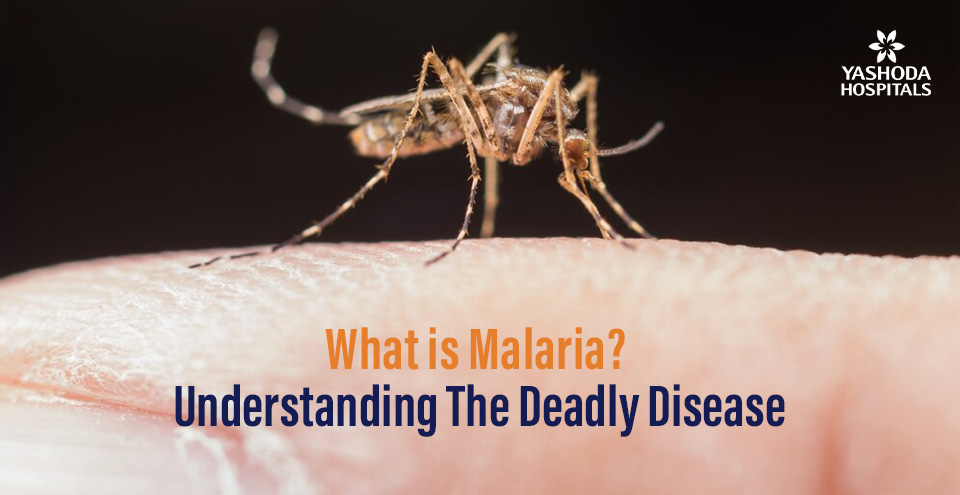COVID? No, It’s The Flu

Do you know the prevalence of the flu? Just a little stuffy nose, cough, and exhaustion, right? But are you aware of just how lethal it may get? A billion flu cases are estimated to be diagnosed annually. Up to 3 to 5 million instances may progress to more serious problems. Worldwide, there are between 290000 and 650000 influenza-related respiratory fatalities every year. Is the flu really a big concern?
Flu, commonly known as influenza, is a viral infection that affects the respiratory system, including the nose, throat, and lungs. Flu is an infectious disease, and flu viruses enter the human body through the mucous membranes of the nose, eyes, or mouth. Although flu mostly goes away on its own, it can occasionally have fatal complications.
Symptoms of flu
While colds take time to develop, flu symptoms can come on suddenly. The symptoms might be mild or severe, and they can even be life-threatening. The flu symptoms include:
- Fever
- sore muscles
- sweats and chills
- Flu Headache
- a persistent, dry cough
- breathing difficulty
- fatigue and sluggishness
- runny or congested nose
- sore throat
- eye pain
- vomiting and diarrhoea
It’s important to keep in mind that not everyone who has the flu will have a fever. Flu without fever is rare but happens.
How is flu different from cold?
Although the two illnesses can first be confused, there are certain similarities and differences between them.
- Runny or blocked nose, sore throat, cough, chest discomfort and fatigue are similar symptoms of cold and flu.
- The differences include:
- When compared to the flu, the common cold rarely includes fever.
- In contrast to cold symptoms, those of the flu appear suddenly.
- The flu symptoms are more severe than cold symptoms.
- Compared to a cold, the consequences of the flu stay longer.
- A cold is not life-threatening, but the flu often is.

Flu Diagnosis
After performing a physical examination and confirming the symptoms, the doctor may take a throat swab to test for the presence of the virus. Viral culture, serology, rapid antigen testing, reverse transcription polymerase chain reaction (RT-PCR), immunofluorescence assays, and rapid molecular assays are a few of the different types of diagnostic tests that are available for the flu.
Types of Flu Viruses
Flu viruses come in four different subtypes: A, B, C, and D. Every year, influenza epidemics caused by types A and B affect around 20% of the population and are responsible for body pains, coughing, and high fevers. The type C virus is less harmful and exhibits only very minor flu symptoms.
Type A
The type A virus, which typically causes severe flu outbreaks, is constantly evolving. Common hosts for the virus include animals like wild birds. The infectious type A2 virus is another kind of the type A virus that is spread by people.
Type B
Only humans can contract the type B virus, which is less dangerous than the type A virus. Type B has less severe symptoms than type A, but it still has the potential to be extremely harmful. There are no variations of this virus, and it does not cause pandemics.
Type C
When exposed to a type C virus, people often do not get ill. The symptoms of type C are so subtle that they can escape human detection. Pandemics are not brought on by type C viruses.
Type D
This particular virus was just recently identified in cattle. No studies exist that demonstrate this particular virus may infect people.
Is the flu contagious?
Flu viruses are contagious even before symptoms appear and can spread for up to 7 days.
When an infected person coughs, sneezes, or talks, the virus is spread through droplets in the air. Additionally, utilising contaminated objects like towels, phones, keyboards, and other items can spread germs.
The influenza virus is constantly evolving. If a person has already been exposed to a virus, their body has already produced antibodies to combat that particular strain of virus. It is killed as soon as it enters the body. The same antibodies, however, might not shield people from a newly evolved influenza strain that differs from earlier viruses.
Flu Duration
Symptoms of the flu can start 2 days after infection and continue up to 7 days. Some symptoms, such as coughing, might continue for up to two weeks. The virus can also be spread for up to a week by someone who is asymptomatic. Severe complications may even lead to kidney failure. After the symptoms have passed, persistent fatigue and a lingering feeling of exhaustion may last for an additional 5 to 7 days. This is known as post-viral syndrome.
Complications
Even though the flu’s initial symptoms can be quite uncomfortable, they are still manageable and less severe. However, in severe circumstances, several life-threatening problems can arise. These consist of:
- Asthma flare-ups
- Bronchitis
- Pneumonia
- Heart problems
- Ear infections
- Acute respiratory distress syndrome
Controlling the spread of infection
In order to stop the flu from spreading, some prevention strategies can be used. These include:
- Handwashing: Because contaminants are mostly spread through the hands, keeping the hands clean can help prevent many common infections. It is recommended to wash your hands with soap for at least 20 seconds or to use an alcohol-based hand sanitizer if soap and water are not available.
- Don’t touch your face: Because the virus enters the body through the mucous membranes of the nose, eyes, and mouth, refrain from touching your face. One can avoid getting infected by numerous viruses by not touching their faces.
- Cover your mouth and nose: When sneezing or coughing, covering your mouth and nose can help prevent germ transmission to the surroundings.
- Clean surfaces: To stop the transmission of illness by touching a surface that has the virus on it and then touching your face, clean frequently touched surfaces on a regular basis.
- Avoid crowds. In public places like auditoriums, offices, schools, and places where people congregate, the flu can quickly spread. The likelihood of contracting the flu can be decreased by avoiding crowds during peak flu season.
- Self Isolation: To stop the flu from spreading, it’s advised to keep at least 6 feet between you and other individuals. After the fever has decreased, remain at home for at least 24 hours. In urgent scenarios, put on a mask before leaving the house to stop diseases from spreading.
Risk factors
The following factors can raise the risk of flu infection or its complications:
- Age: People in their later years and children are more likely to contract the flu.
- Weaker Immune System: People with weakened immune systems frequently find themselves at risk for contracting the flu virus because of their bodies’ slow or ineffective immune responses.
- Chronic illness: The risk of flu complications might be raised by certain underlying problems such as asthma, heart disease, kidney disorders, and metabolic disorders.
- Pregnancy: In the second and third trimesters of pregnancy, problems from the flu are frequently observed in women.
- Obesity: Individuals with a body mass index (BMI) of 40 or higher are at a higher risk of developing flu-related problems.
Flu Treatment
Rest and fluid consumption are the main treatments for flu, allowing the body to combat the illness on its own. The symptoms may be treated with paracetamol. An yearly flu shot can lessen complications and aid in prevention.

Flu Vaccine
There are two varieties of immunisation:
- The flu shot: A medical professional will administer the flu shot with a needle, usually in the arm. Anyone over the age of six months, both healthy individuals and those suffering from chronic medical illnesses, is eligible to use it.
- The flu nasal spray vaccine: Live, weakened flu viruses that do not cause disease are present in the nasal spray vaccine.
The influenza virus evolves and mutates throughout time, displacing earlier strains. In order to ensure that your body builds up protection against the most recent strains of the virus, it’s crucial to get a flu vaccine every year.
When to see a doctor?
Flu symptoms may get worse over time, raising the possibility of complications. Seek medical help right away if the symptoms do not go away on their own after a week or seem to get worse over time.
Some warning signs and symptoms of an emergency are:
- Respiratory issues or lack of breath
- Persistent dizziness
- Blue lips
- Chest pain
- Dehydration
- Seizures
- Weakness
- Painful muscles
- The deterioration of current medical issues
References
- Types of Flu
https://www.webmd.com/cold-and-flu/advanced-reading-types-of-flu-viruses
- Influenza (flu)
https://www.mayoclinic.org/diseases-conditions/flu/symptoms-causes/syc-20351719
- All you need to know about flu
https://www.medicalnewstoday.com/articles/15107#when-to-see-a-doctor
- Flu Symptoms & Complications
https://www.cdc.gov/flu/symptoms/symptoms.htm
- Influenza
About Author –
Dr. Hari Kishan Boorugu, Consultant Physician & Diabetologist, Yashoda Hospitals, Hyderabad





















 Appointment
Appointment Second Opinion
Second Opinion WhatsApp
WhatsApp Call
Call More
More





